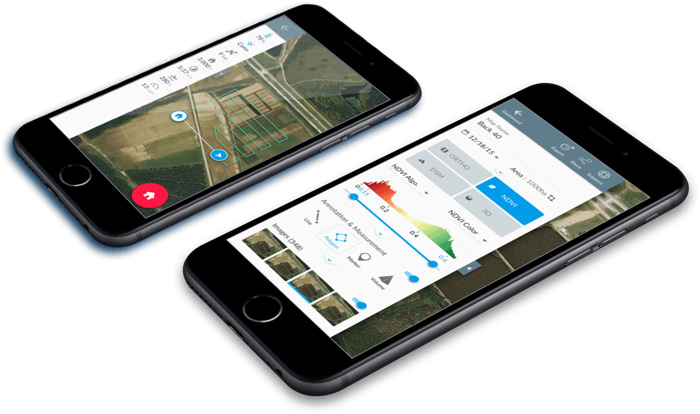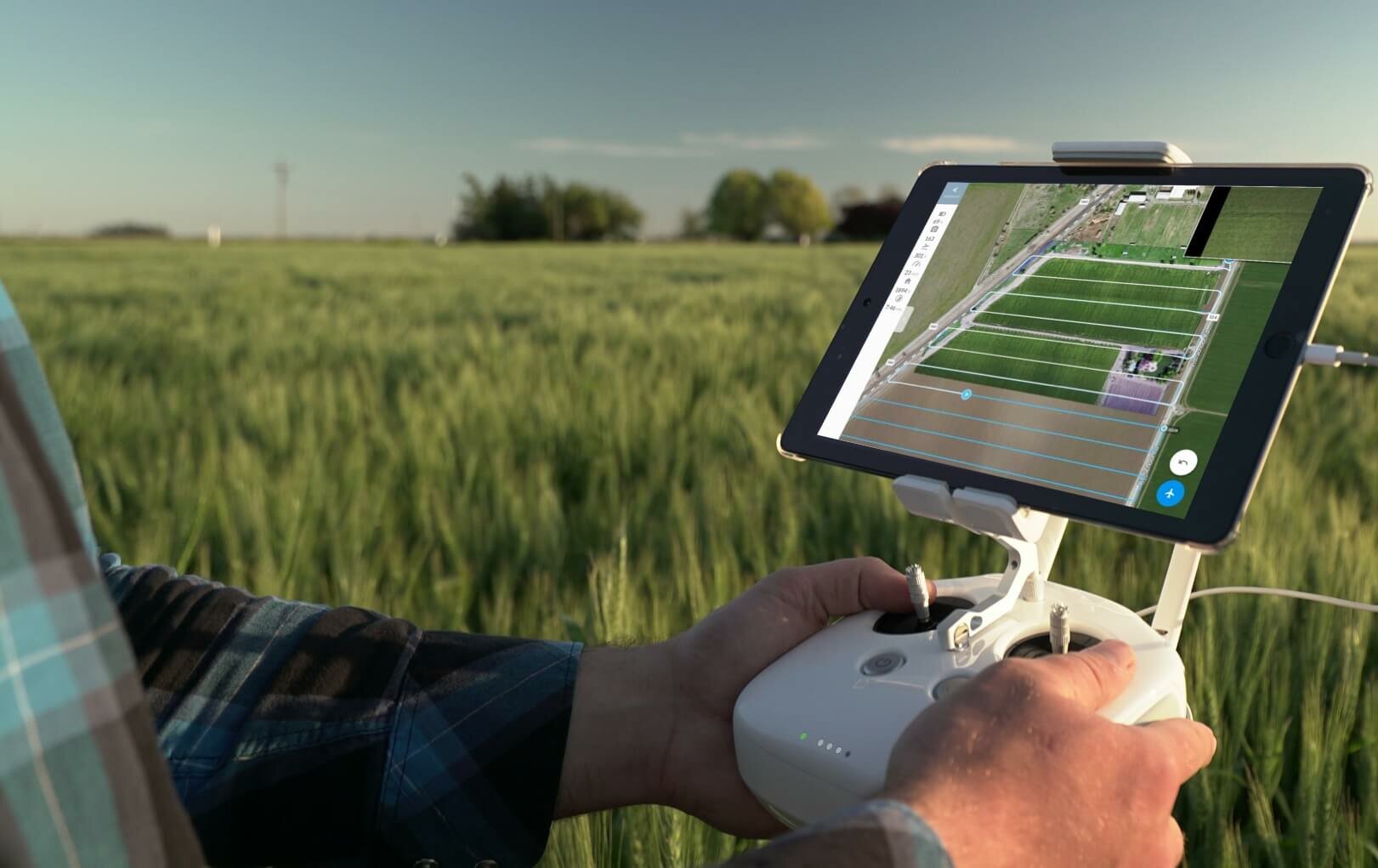
#Drone deploy pricing software
To get volume measurements in Pix4D, which is a desktop-based software application that also supports cloud processing, you’ll need Pix4Dmapper Pro, which costs $350/month, with discounts for annual and lifetime plans.

#Drone deploy pricing for free
You can play with volume measurements for free as part of their 30-day Pro trial, and of course, can use their free plan forever for mapping visualizations and sharing. There might be an explicit way in Pix4D to close the volume to measure complex volumes with a strange base surface, but I would probably map a complex base surface before the materials are placed on it (if possible) and then subtract the two volumes.ĭroneDeploy paid plans, including the $99/month Pro Plan and $499/month Precision Plan both support volume measurement.

Both DroneDeploy and Pix4D estimate the base surface from which volume calculations are done. I haven’t used AgiSoft PhotoScan’s volume measurement feature, but it definitely looks more complicated, requiring that you close the volume manually before calculations are possible. Pix4D’s showcases about volumetric analysis are interesting reads. Geo-referenced drone data produces maps that are often accurate to just a few centimeters, but adding Ground Control Points (GCPs) and explicit, known measurements of objects on the ground can increase accuracy dramatically. Pix4D’s products include a lot more detail about measurements and accuracy, and their apps always expose possible error so you know how accurate your data is. A $799 DJI Phantom 3 Advanced and a $99/month software subscription gets you automatic aerial mapping, orthomosaics, 3D maps, and volume measurements, which is almost unbelievable (see below for more details about pricing). Having said that, I’ve been impressed by what data from a casual flight produces using modern photogrammetry software. Good data is really important not just for volume measurements, but for photogrammetry in general. Those measurements are within 1% of each other.ĭroneDeploy’s announcement says that they have seen accuracy to within 1-2% of professional, ground-based scanning using laser methods, but emphasizes that you must have good data in order to get good results (see their detailed guide for more). DroneDeploy reported a volume of 98.4 cubic yards. Pix4D reports a volume of 75.87 cubic meters, or 99.23 cubic yards. For example, I can show only the measured volume, which gives me a good idea of what kind of space I’m looking at, but it does require running a native app on a computer. One thing I really like about using Pix4D is that I can interact with my data and annotations. Volume measurement of my empty pool using Pix4Dmapper Pro Here is the volume measurement of the same pool volume from the same map data using Pix4D: Two other photogrammetry apps commonly used with drones, Pix4Dmapper Pro and Agisoft PhotoScan, also support volume measurements. In DroneDeploy, you can view 3D maps, but you cannot visualize volume measurements in 3D. Volume Measurement in DroneDeploy in DSM view Some folks might prefer to do volume measurements using the Digital Surface Model (DSM) view, which is a view that visualizes elevation using color. I loaded the reprocessed map, clicked a rough polygon around the pool, and then clicked “Calculate.” After a few seconds, I had my volume calculation.ĭroneDeploy’s Volume Measurement tool gave me the volume of my empty pool I thought doing the same calculation using DroneDeploy would be educational. I was preparing to fill in a drained swimming pool and had previously done volume calculations using Pix4Dmapper Pro to see how much dirt would be required. Only maps processed after 7am PT on Feb 3 support the new feature, so I asked DroneDeploy’s support team to reprocess one of my old maps of my house. I get excited about reading announcements, but there is no replacement for actually out new features. To calculate volume in DroneDeploy, all a user needs to do is draw a polygon around an object and click “Calculate.” At the moment, drone-based volume estimation is commonly used for stockpile monitoring and is one of the few current use cases for drones that has clear ROI benefits. Yesterday, DroneDeploy announced Volume Measurements, an enhancement to their web-based photogrammetry service that enables rapid volume estimation using only a few clicks of the mouse.

(originally written for DroneCoalition and reproduced here on )


 0 kommentar(er)
0 kommentar(er)
